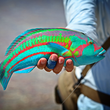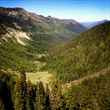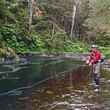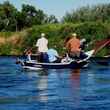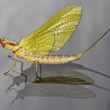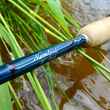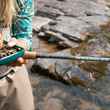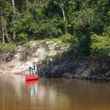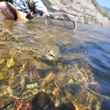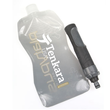There is a well-heeled saying in fishing that virtually everyone has heard uttered many times, "Never leave fish to find fish." And it's well heeled for a reason. The bulk of the game in fishing is being in the right place at the right time and having the fish reveal themselves to you. Still, I'll often have to remind myself that even if the fish I've found aren't taking flies with abandon, it can often be foolish to head off for greener pastures which I assume lie just around the next bend. In reality, they rarely do. Patience is a valuable tool when on the river.
Strangely, my tendency towards a lack of patience when I'm getting shots and missing them is flipped on its ear when the opportunities aren't there. Often, I'll head to the river with a game plan in mind, and cling to it for far too long.
Recently, a good friend and I headed out for a float on Pennsylvania's Lehigh River. To put it kindly, we're both new to the art of oarsmanship. But, we've been toting around our new FlyCraft Stealth drift boat for the last couple of months and doing our best to find chances to float. Unlike the west, the east coast isn't flush with drift boat water, especially that which doesn't involve long drives and multi-day time investments. So, when we heard that fall weather had brought water temperatures into shape on the Lehigh -- which is just over an hour's drive from home -- we jumped on it, toting visions of long dry fly drifts and rising trout, mixed with judicious nymphing of the Lehigh's plentiful riffles and runs.




